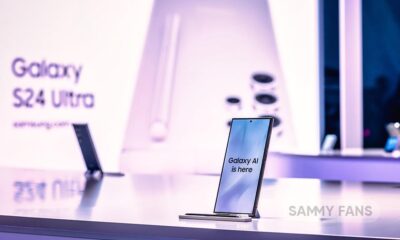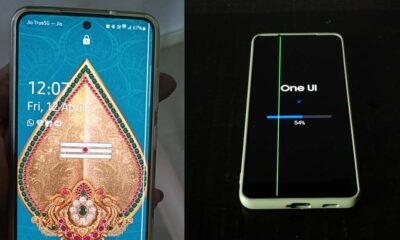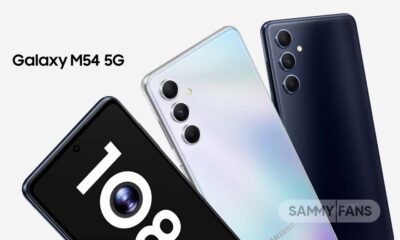Samsung
Samsung started working on next-gen DDR6 RAM, it’s 4x as fast as DDR4
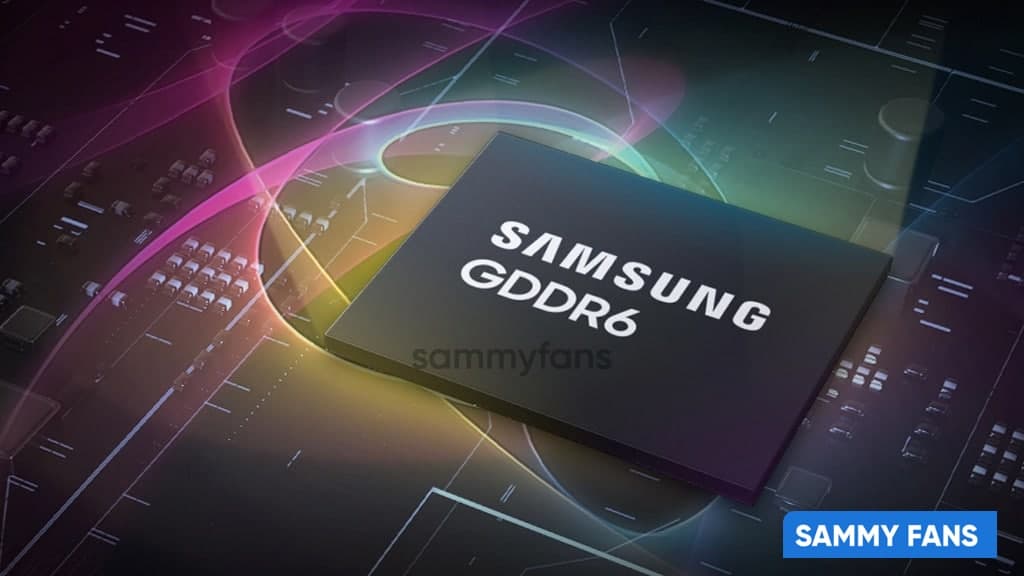
DDR5 has never hit the shelves, but Samsung has confirmed that it is already working on the next generation of RAM. According to ComputerBase, the South Korean technology giant has brought insight into some of the next generation memory levels including DDR6, GDDR6+, GDDR7, and HBM3 at its 2021 technology day event.
Samsung says the development of the DDR6 standard has begun and will be assisted by JEDEC, a semiconductor engineering organization with more than 300 members, including some of the world’s largest computer companies.
The report suggests that the completion of the standard could be by 2024, but there is a good chance that the memory of the 6th-gen DDR will arrive in 2025 or 2026 considering that DDR5 has recently been introduced and is already affected by supply problems.

With regard to the specification of DDR6 memory technology, data transfer rates will double compared to its predecessors. It will therefore be able to operate at about 12,800Mbps on JEDEC modules – four times the same as DDR4 – in addition to gaining 17,000 Mbps on closed modules.
As for the number of memory modules per module, that will double in DDR6, with four 16-bit channels connected by 64 memory banks. GDDR (graphics double data rate) is particularly compatible with image cards and is an integral part of GPUs.

Elsewhere, Samsung plans to make the GDDR6+ standard available before the inevitable launch of GDDR7. It is reported to be running at speeds of up to 24Gbps, which will allow 256 future GPUs to load at 768GB/s bandwidth. In addition, GPUs with 320/352/384 small bus facilities are said to reach over 1TB/s bandwidth.
If you look beyond GDDR6 refinement, GDDR7 is expected to reach a transfer speed of up to 32Gbps. Samsung is also said to incorporate a real-time error protection feature on the scale. As Wccftech notes, GDDR7 memory will be able to provide 1.5TB/s speeds using a 384-bit virtual bus interface up to 2TB / s with a 512-bit system.

Another memory standard for the next generation Samsung was touched on was HBM3. The third generation of high bandwidth memory will enter the mass production phase by the second quarter of 2022. Samsung also emphasizes the technical competence of artificial intelligence applications.
Get notified –
Aside from SammyFans’ official Twitter and Facebook page, you can also join our Telegram channel and subscribe to our YouTube channel to get notified of every latest development in Samsung and One UI ecosystem. Also, you can follow us on Google News for regular updates.
Samsung
Samsung skips Gemini Ultra AI in Galaxy S25 for Gemini Nano v2: Report
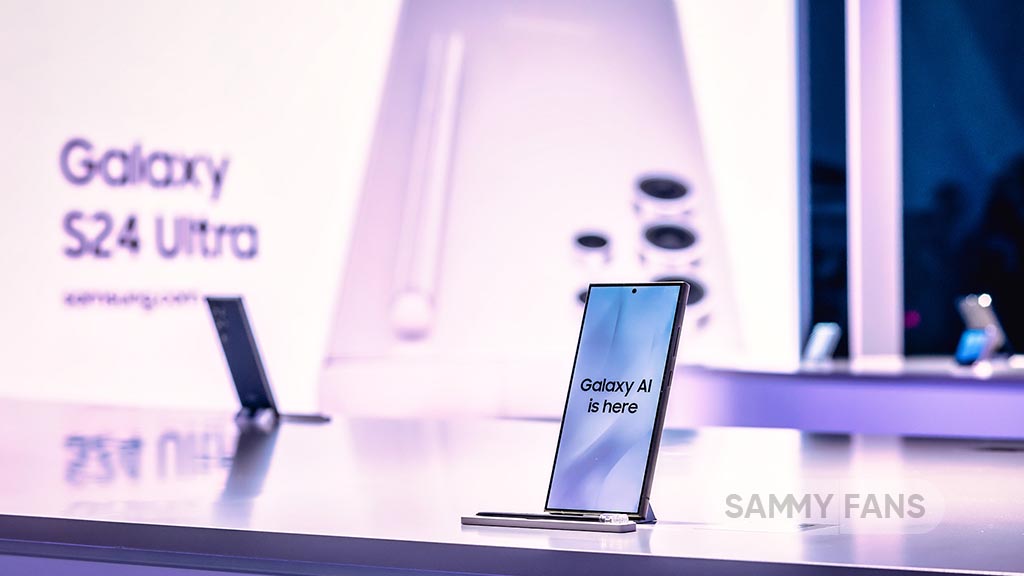
Samsung Galaxy S25 series is expected to support Gemini Nano v2 for Generative AI. The company’s first set of AI phones comes with Google’s Gemini Nano AI model. While the Gemini Ultra is also available, the next-gen Galaxy flagships could get Gemini Nano v2.
The latest input reveals that Samsung is again uniting with Google to integrate Gemini Nano v2 (AI model) into the Galaxy S25 series. A report says that the company has recently started a related collaboration with Google for the on-device and generative AI evolution of the Galaxy S25.
A Samsung System LSI executive revealed plans that are under consideration. The company is exploring applying the Speculative Decoding and Early Exit large language model to the next Galaxy. Samsung will also double the software personnel, emphasizing the importance of software.
“We have begun discussions on how to implement Google’s ‘Gemini Nano’ version 2, which will be implemented in a multimodal manner, on-device AI,” said Samsung System LSI’s head of the AP S/W development team. “We plan to have a private meeting at the Google boot camp next week to discuss how to develop generative AI for the next [Galaxy S25 series].”
Samsung will launch the Galaxy S25 series early next year. This year’s Standard and Plus models used Exynos chipset in some markets, while the Ultra solely uses Snapdragon. This dual-chip strategy is expected to be continued with the Galaxy S25 series as well.
Notably, OnePlus and OPPO are working on the adoption of Gemini Ultra on their next flagships. Both companies recently revealed that they are working with Google to become the first to ship Gemini Ultra-powered smartphone to the market later this year.
Stay up-to-date on Samsung Galaxy, One UI & Tech Stuffs by following Sammy Fans on X/Twitter. You can also discover the latest news, polls, reviews, and new features for Samsung & Google Apps, Galaxy Phones, and the One UI/Android operating system.
Do you like this post? Kindly, let us know on X/Twitter: we love hearing your feedback! If you prefer using other social platforms besides X, follow/join us on Google News, Facebook, and Telegram.
One UI 6.1
Samsung One UI 6.1 Natural Density (ND) Camera Filter
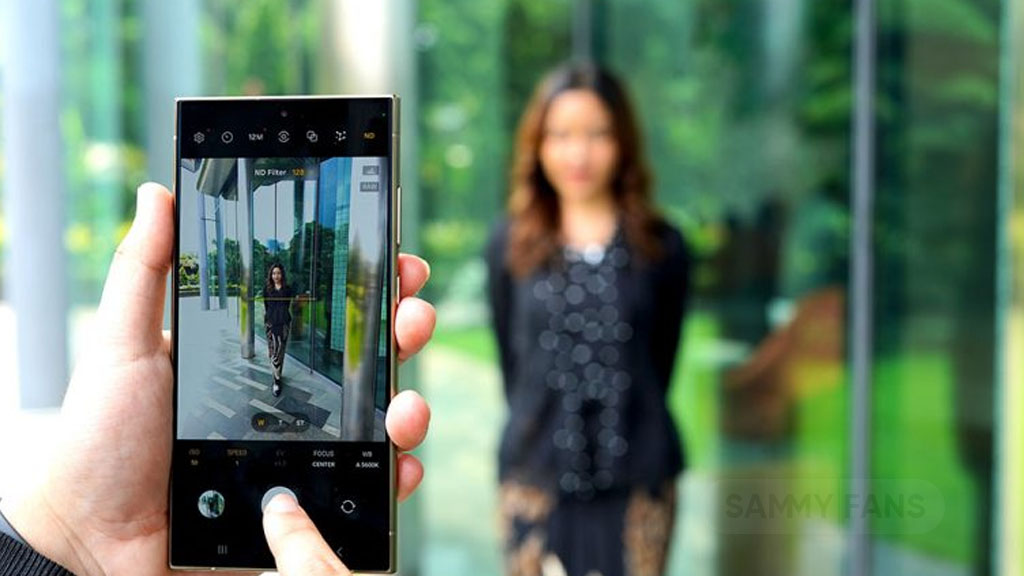
Samsung‘s One UI 6.1 brings support for several new features to enhance the Galaxy Camera experience and one of them is the Natural Density (ND) filter. This feature was once exclusive to the Galaxy S24 series, introduced with the first One UI 6.1-based update. And now, it is available on the Galaxy S23 series and Fold 5, enhancing mobile photography.
The ND filter allows amazing control over the lighting in photos, mirroring the functionality of professional camera filters. This is especially useful for outdoor settings where lighting can vary considerably.
With settings ranging from ND2 to ND1000, users can easily adjust exposure to capture the perfect shot, regardless of lighting conditions. You can adjust the lighting on your smartphone camera very practically and easily.
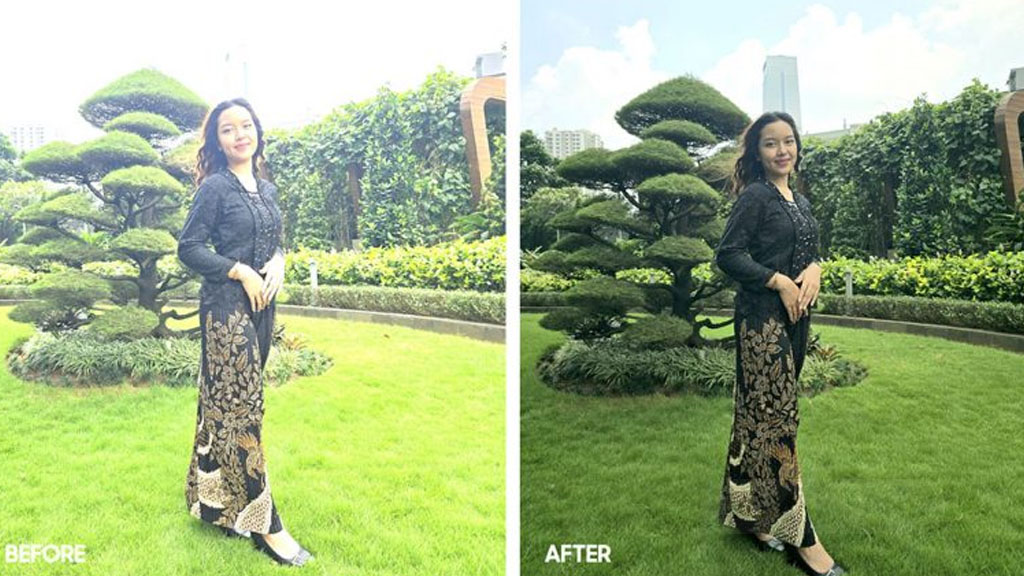
This camera feature simplifies the process of taking high-quality, full-body photos of outfits, which is often challenging due to fluctuations in natural lighting. The ability to adjust filters directly from the camera preview screen enhances the convenience, making it accessible to all users.
The Natural Density (ND) filter eliminates the need for external accessories and complex editing on One UI 6.1 running devices as it allows users to achieve professional-grade photography with just a few taps.
If you have a Galaxy S24 series, Galaxy S23 series, or Galaxy Z Fold 5 smartphone, you can try this amazing Camera feature.
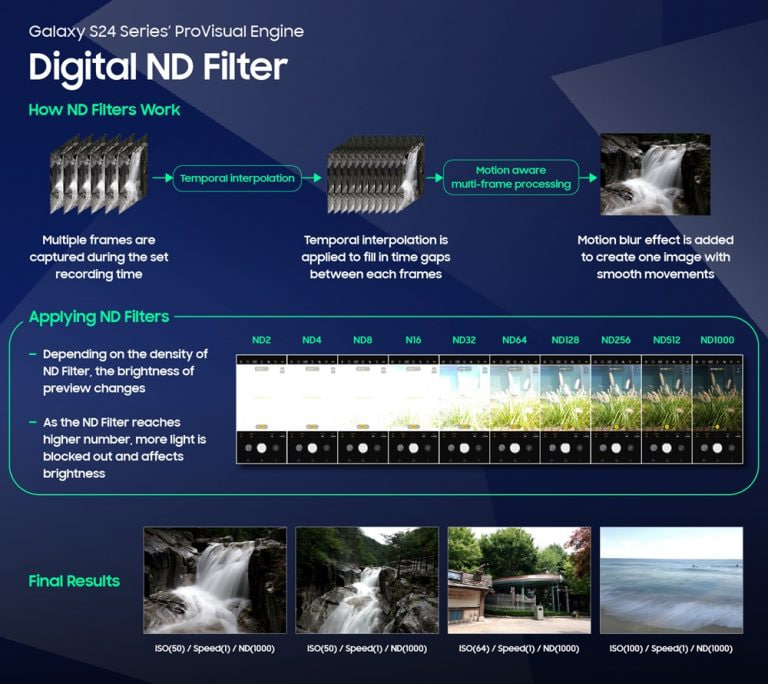
Stay up-to-date on Samsung Galaxy, One UI & Tech Stuffs by following Sammy Fans on X/Twitter. You can also discover the latest news, polls, reviews, and new features for Samsung & Google Apps, Galaxy Phones, and the One UI/Android operating system.
Do you like this post? Kindly, let us know on X/Twitter: we love hearing your feedback! If you prefer using other social platforms besides X, follow/join us on Google News, Facebook, and Telegram.
Samsung
Display green line issue again plaguing Samsung Galaxy S21 phones
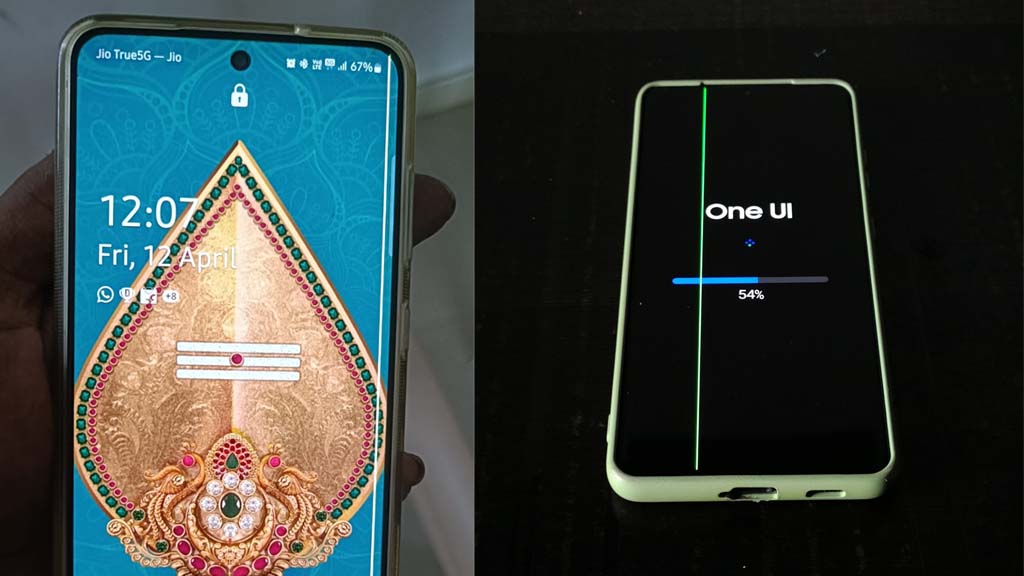
Users of Samsung Galaxy S21 FE and S21 Ultra reporting the display green line issue following the software update. A few months back, many complaints surfaced on the web, citing the same problem due to the latest software installation only.
Now it looks like the display green line issue again haunting users of the Samsung Galaxy S21 series. A thin vertical green line appears on the screen without any external damage from the insertion of foreign material.
The green line issue is a hardware defect, which couldn’t be generated by software only. The problem occurs when because of a faulty display connector or flex cable. Internal elements could be damaged because of phone overheating due to software installation in Exynos phones.
In the past, we’ve seen many cases of the green line on display problem in Samsung phones. The company has also offered free screen replacement to select models, hence, there’s no other way to address it. Software glitches can be addressed by hard reset, but hardware defects can’t.
Since the connector and flex cable link the display to the phone’s main circuit board, the green or purple line could appear if any one of those components gets faulty. Apart from damage, looseness could also lead to display-related problems, including green vertical lines.
The problem appeared mostly on Exynos-powered Galaxy devices. The reason could be the overheating, which further extends while the phone installs a new firmware update. In the worst case, the surrounding atmosphere could also lead to damage to display-related components.
Samsung S21 FE green line issue after i updated my phone Was never expecting this from Samsung ! #greenline #Samsung #samsung21FE @SamsungMobile @SamsungIndia pic.twitter.com/3LURFmKMOK
— பாபு ரவி🎭 (@Babu__R) April 12, 2024
This is in unacceptable Samsung.
Another soldier down.
I was updating this to the April patch, Galaxy S21 Ultra. Samsung really brought a new green line issue . Oh and btw , the phone is in mint condition as you can see from prior tweets in my TL. Please tag users for reach. pic.twitter.com/unFLOkunA2
— Entro 🔭 (@Entroprox) April 17, 2024
Stay up-to-date on Samsung Galaxy, One UI & Tech Stuffs by following Sammy Fans on X/Twitter. You can also discover the latest news, polls, reviews, and new features for Samsung & Google Apps, Galaxy Phones, and the One UI/Android operating system.
Do you like this post? Kindly, let us know on X/Twitter: we love hearing your feedback! If you prefer using other social platforms besides X, follow/join us on Google News, Facebook, and Telegram.

